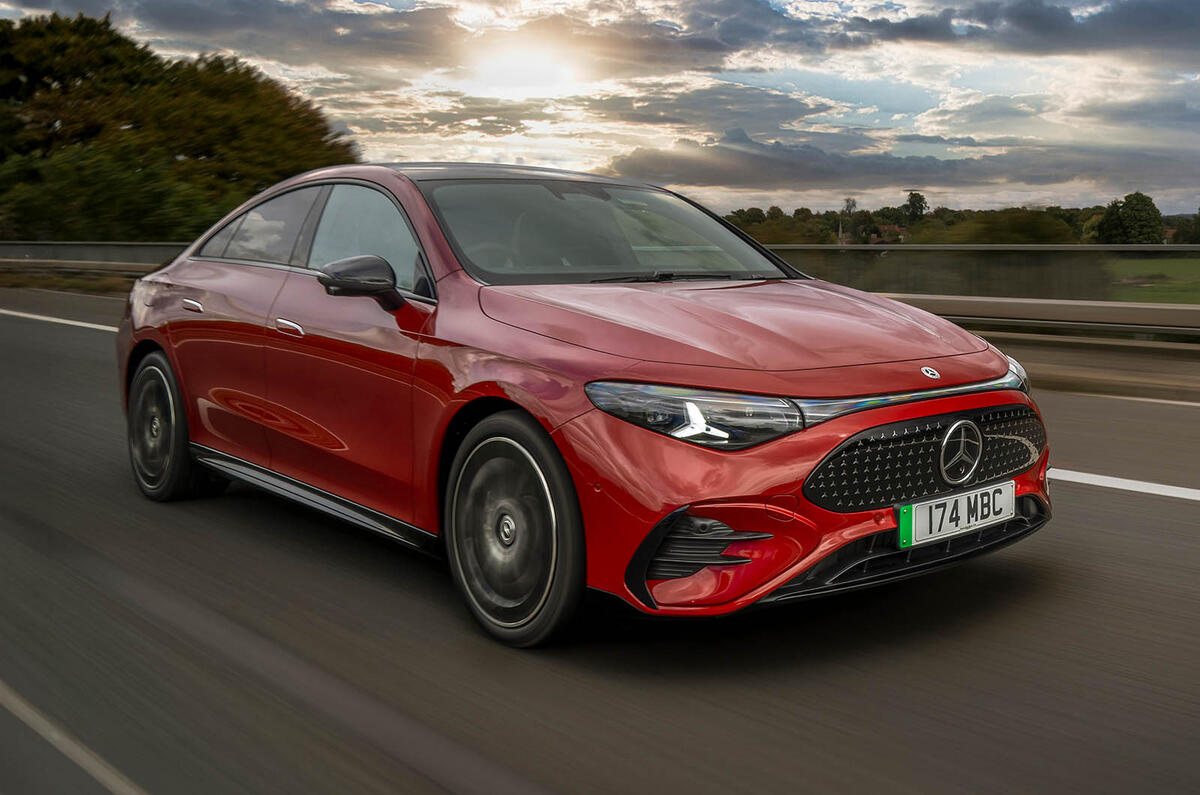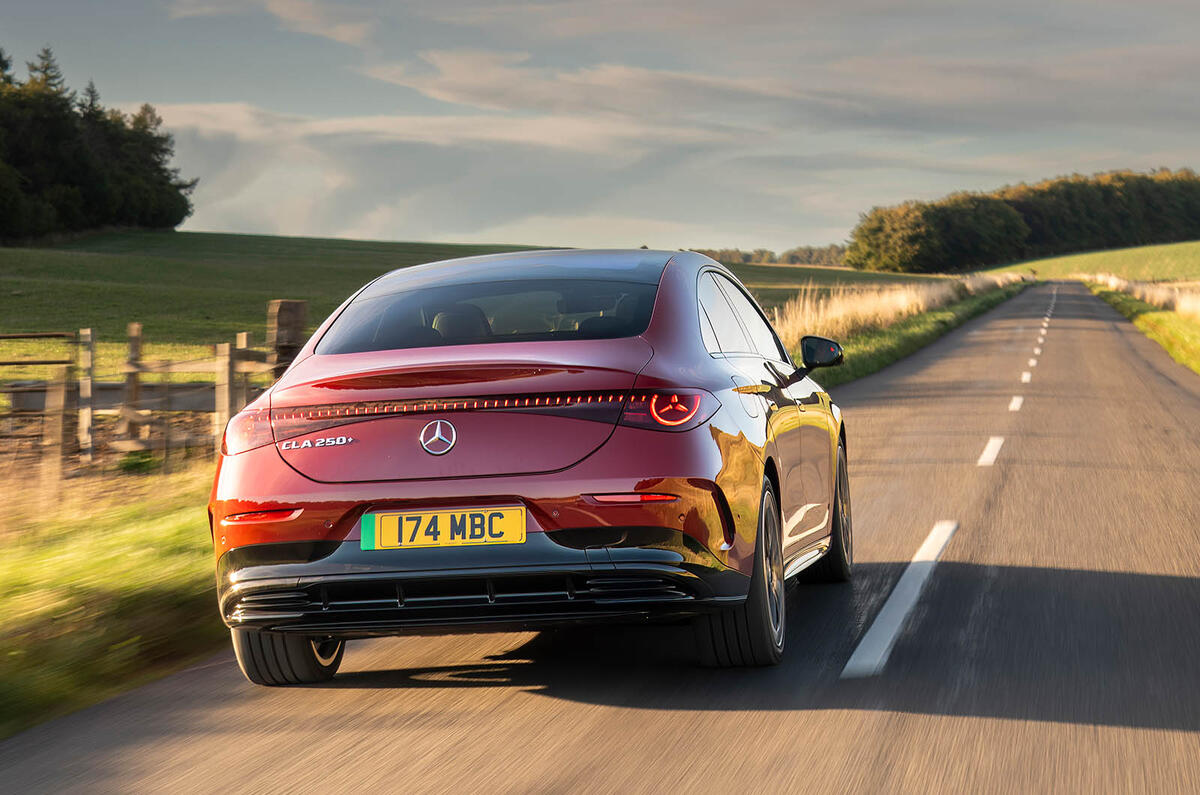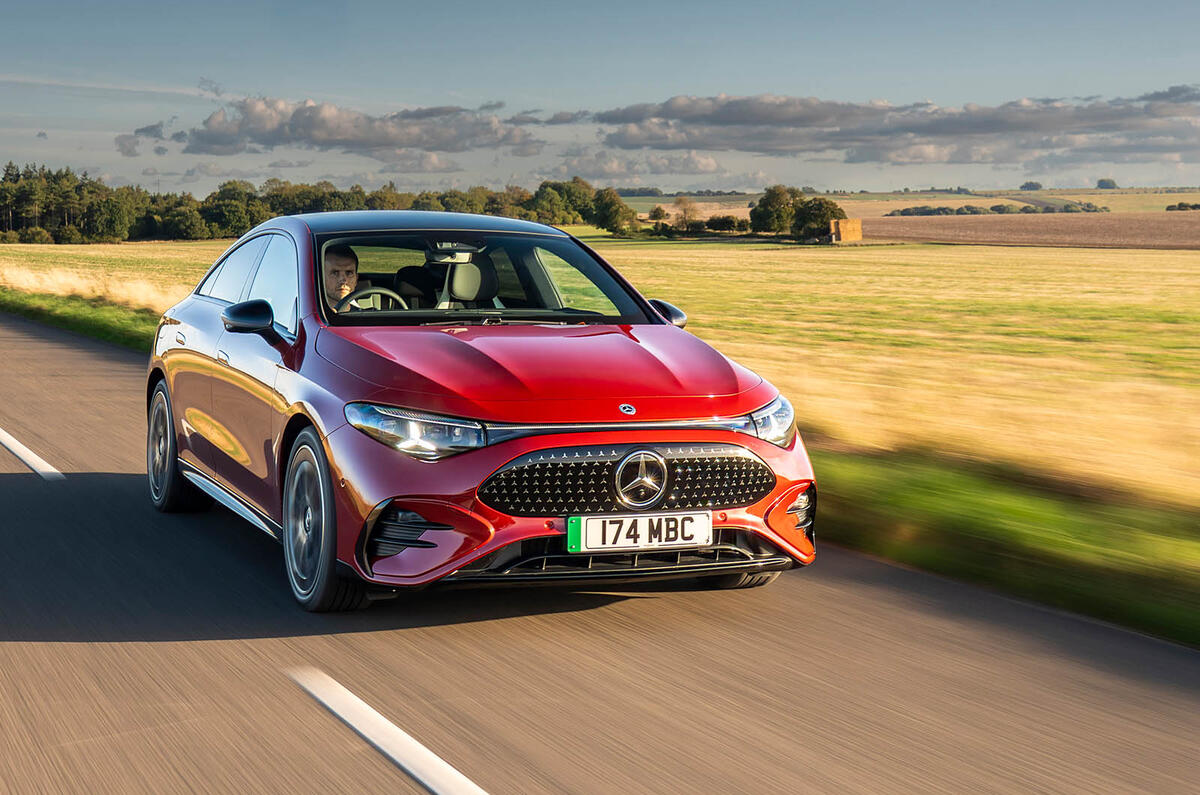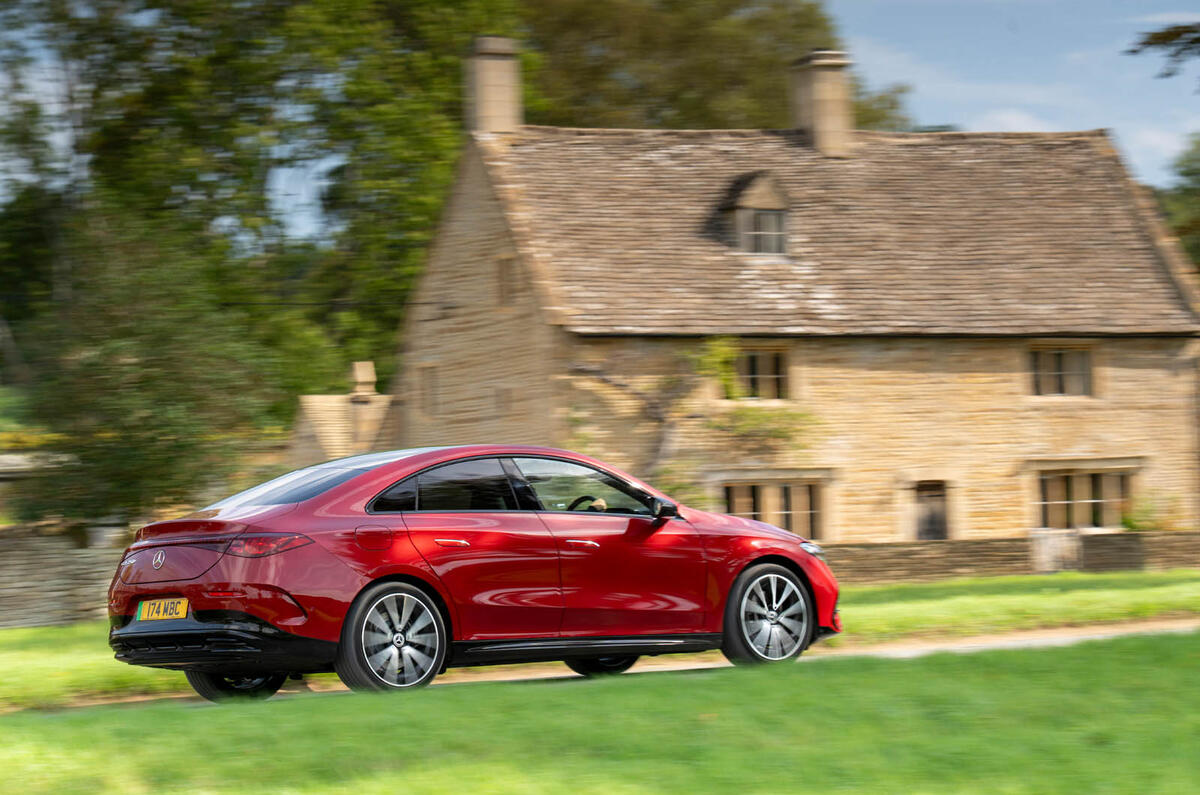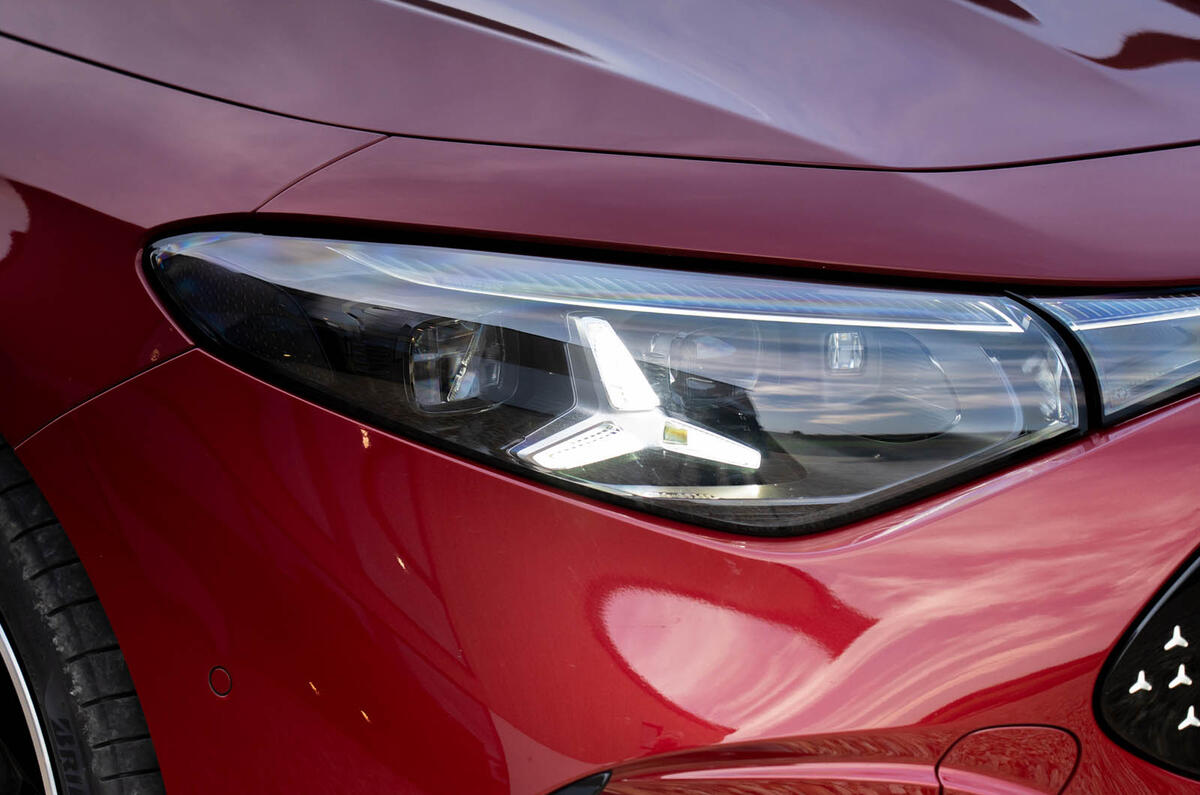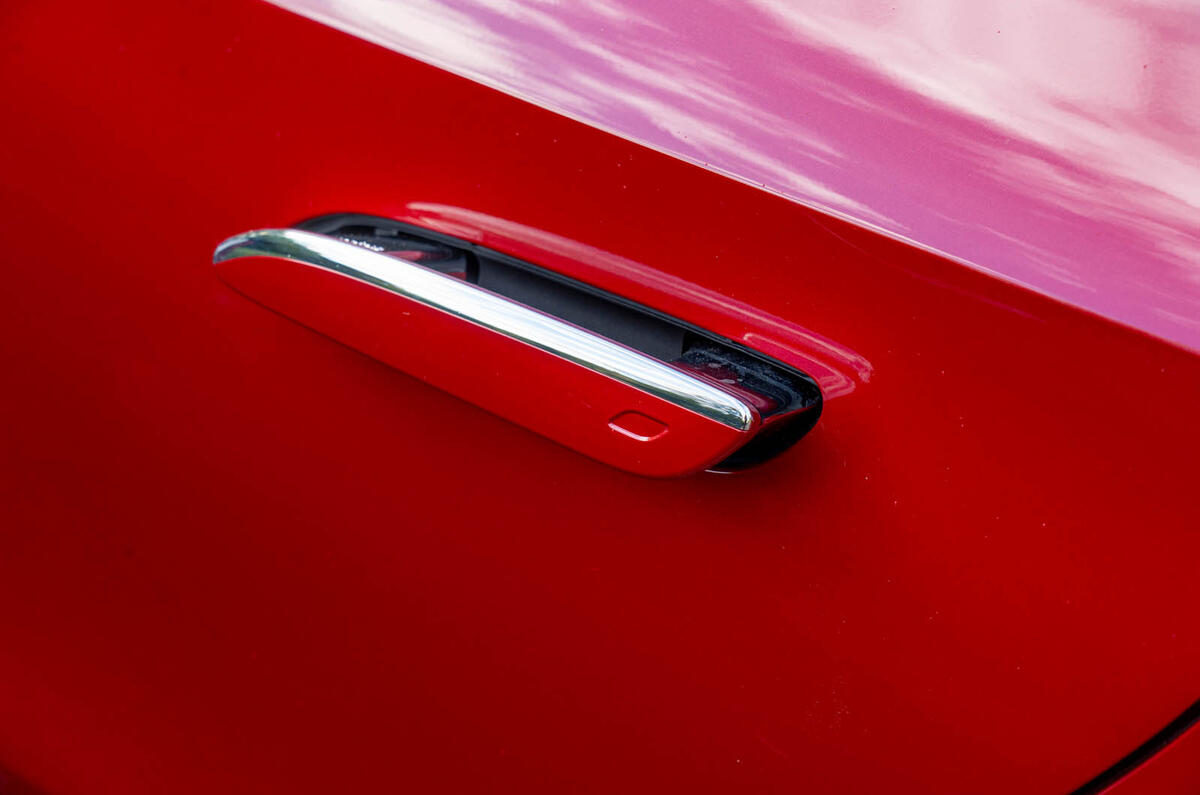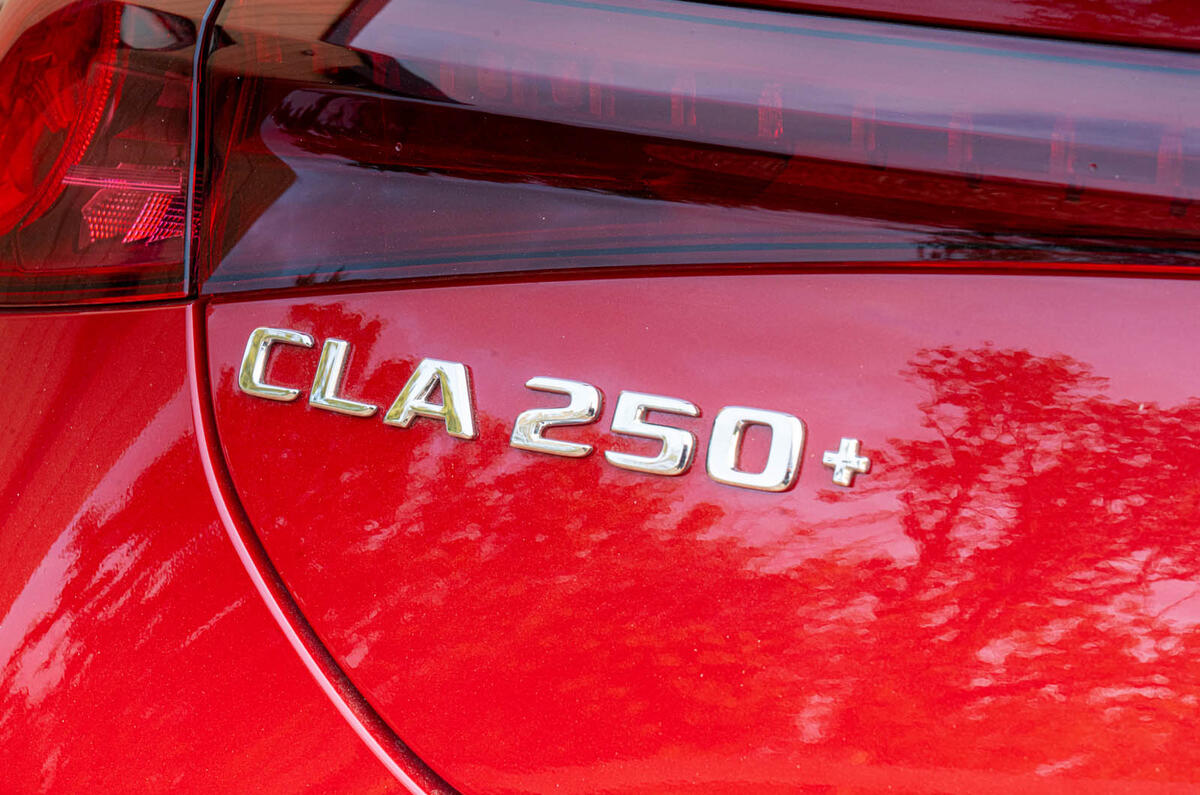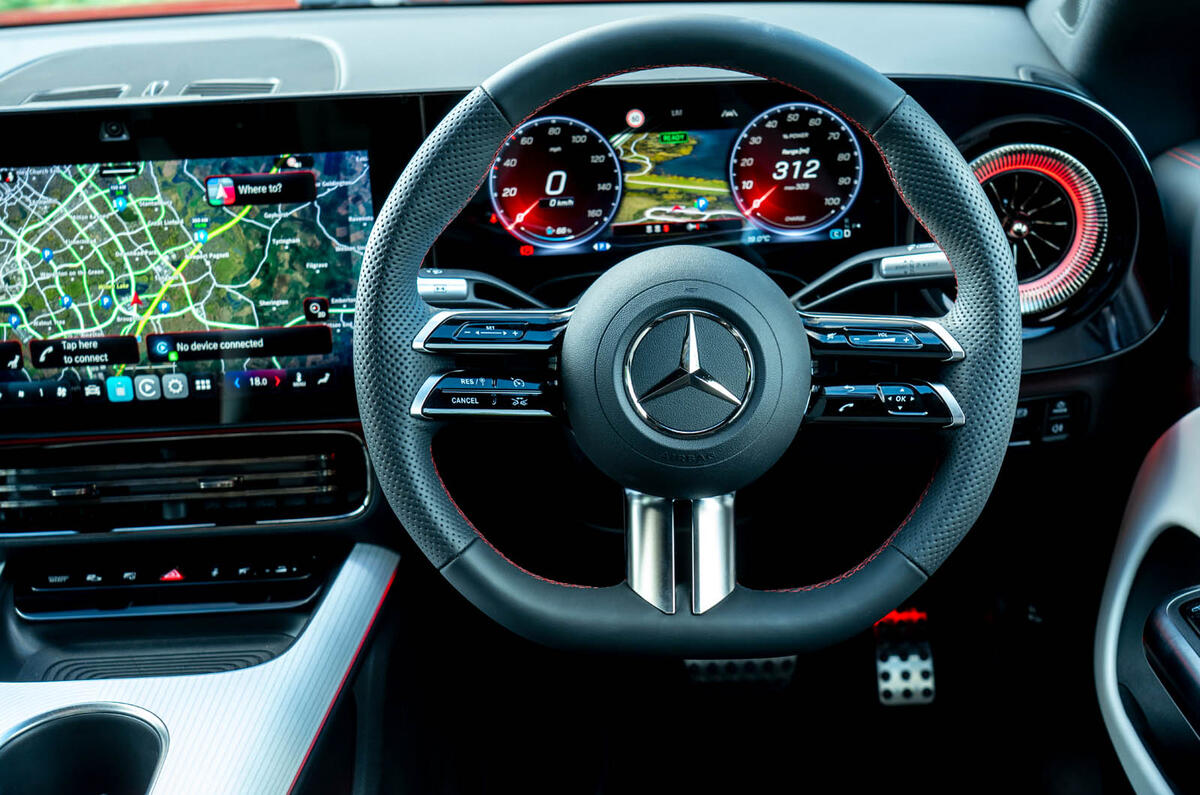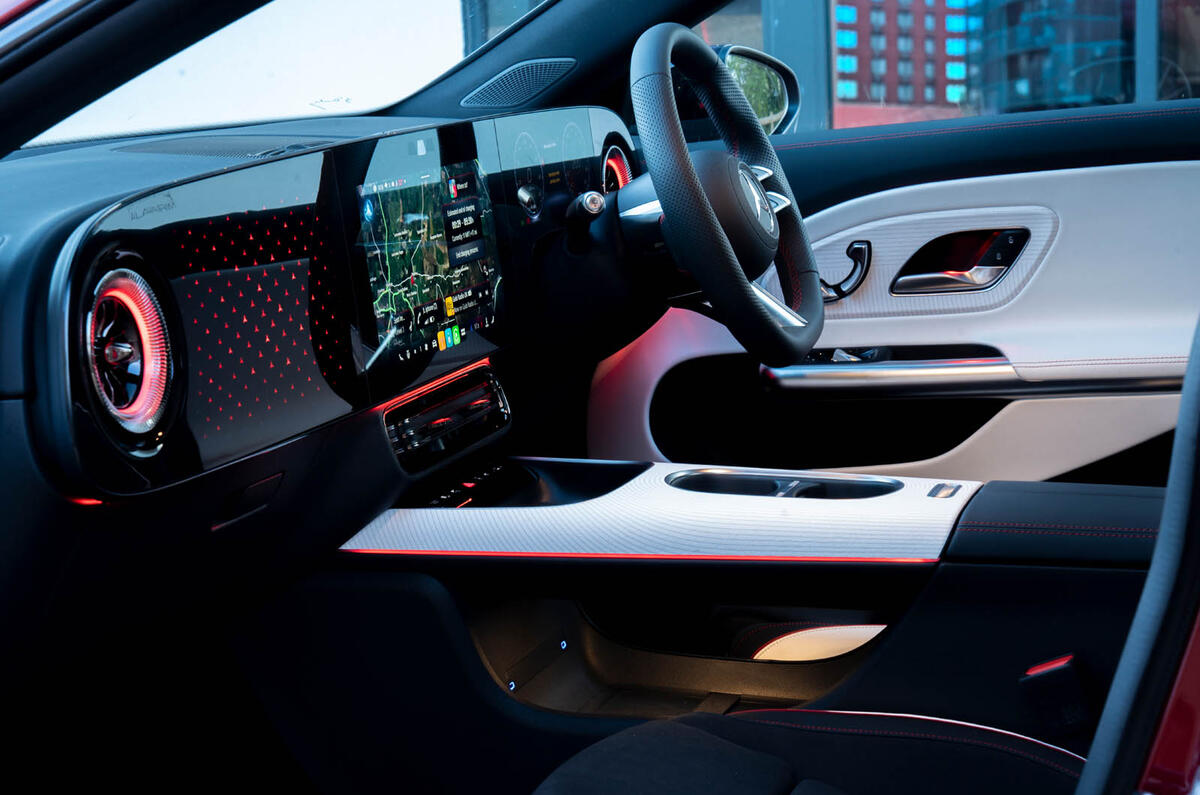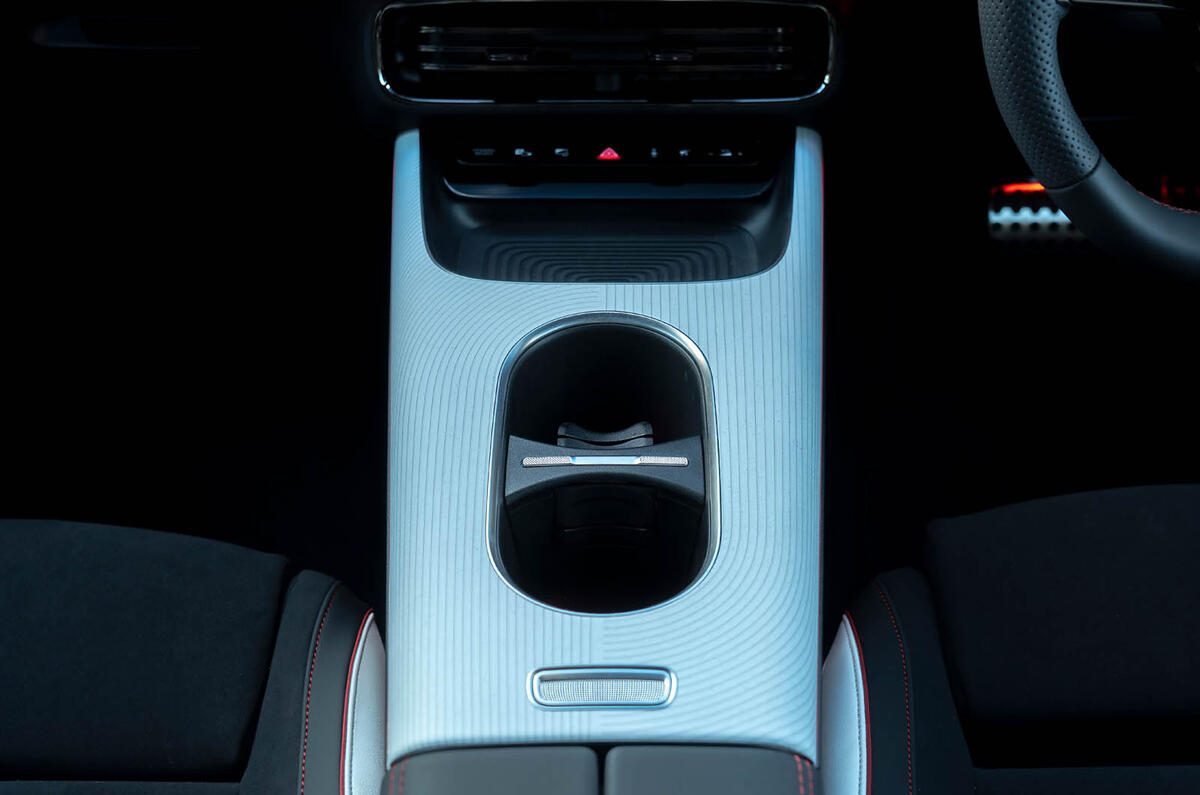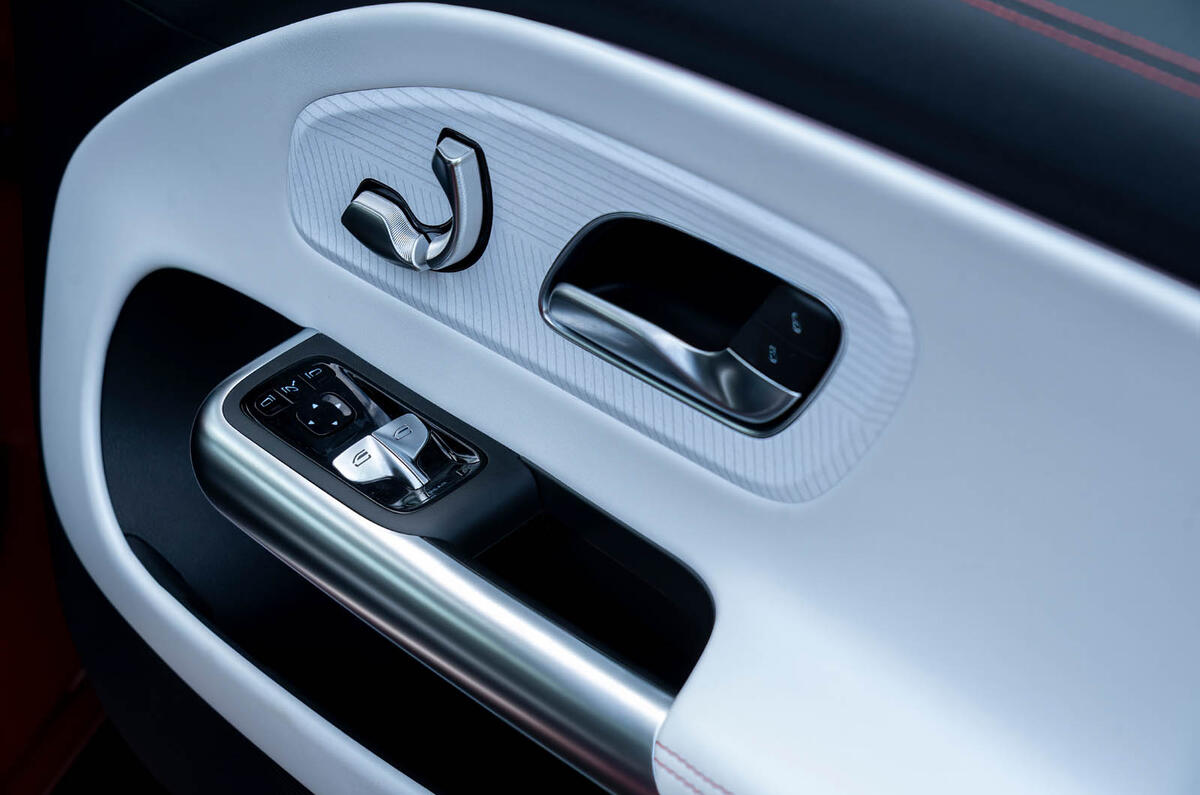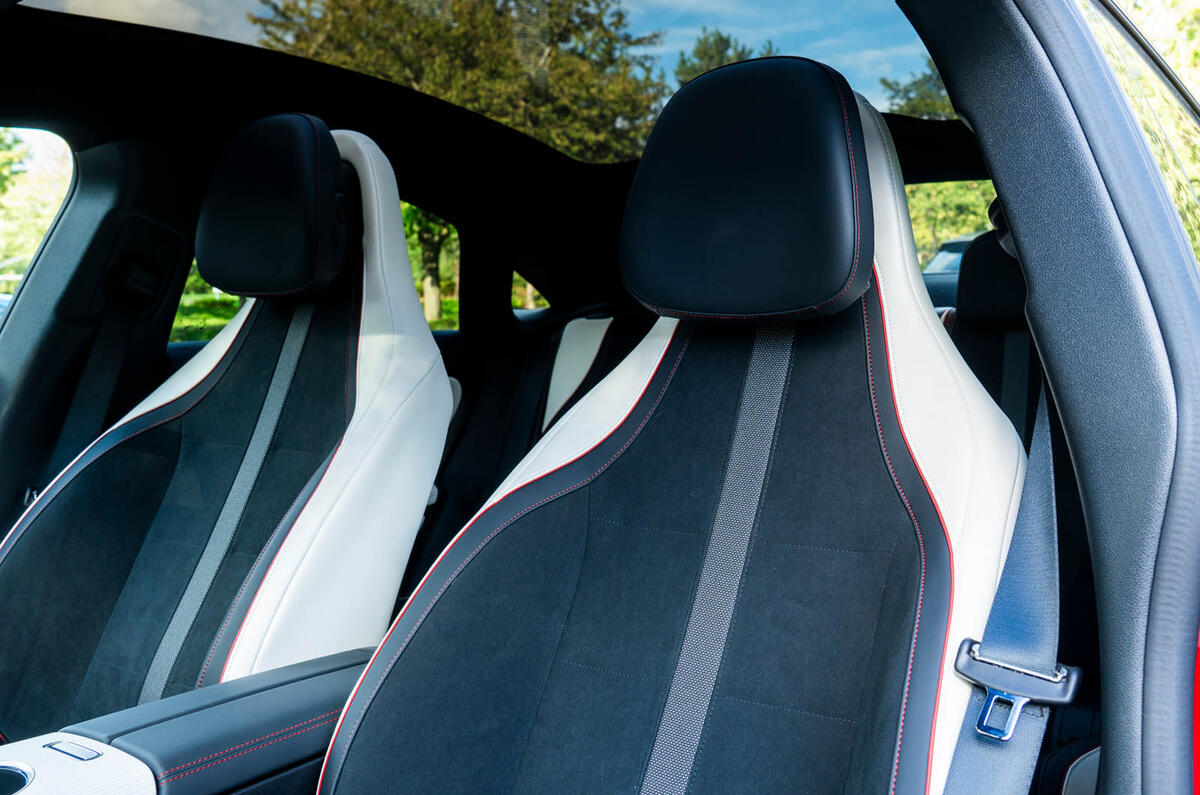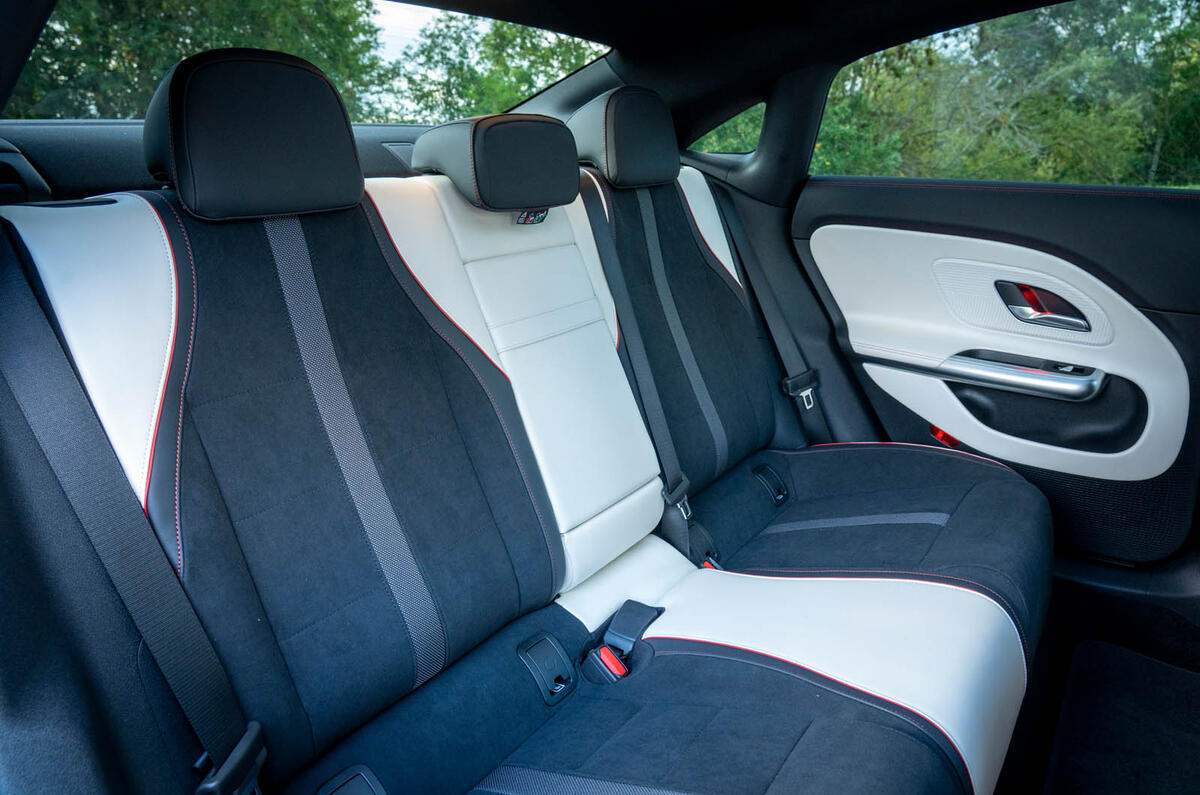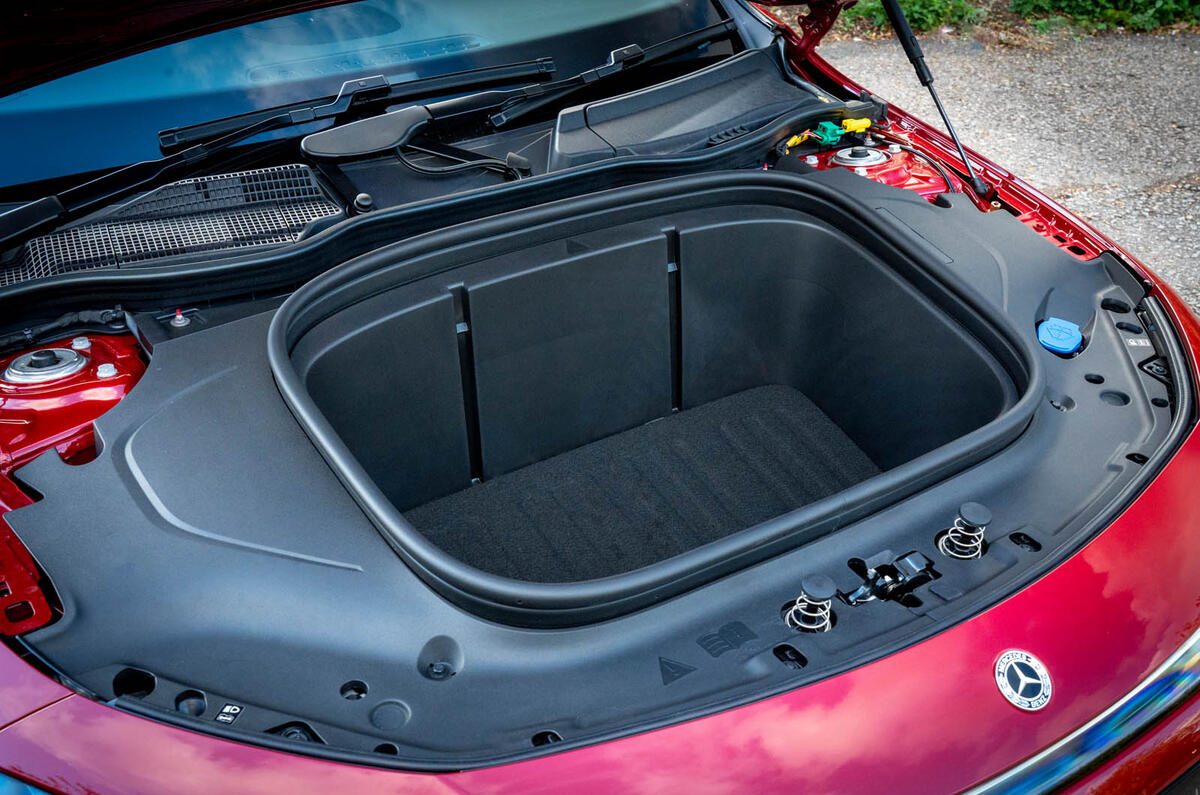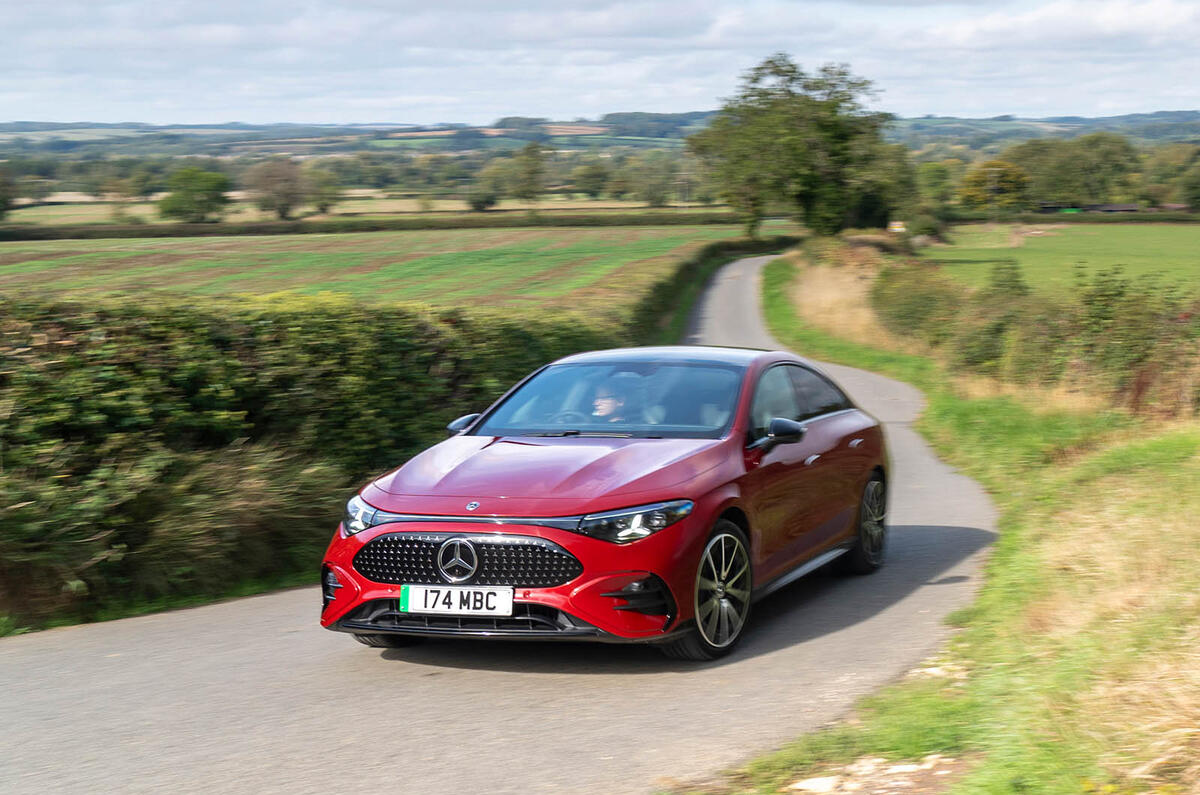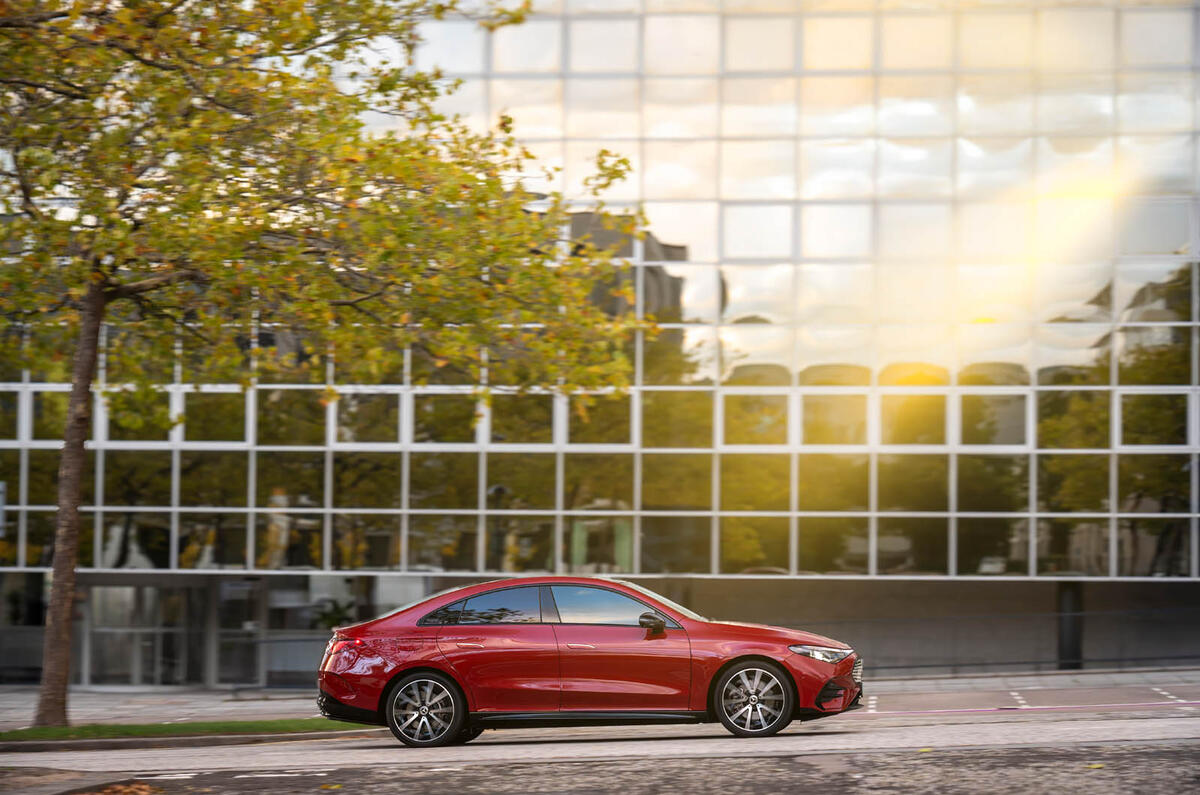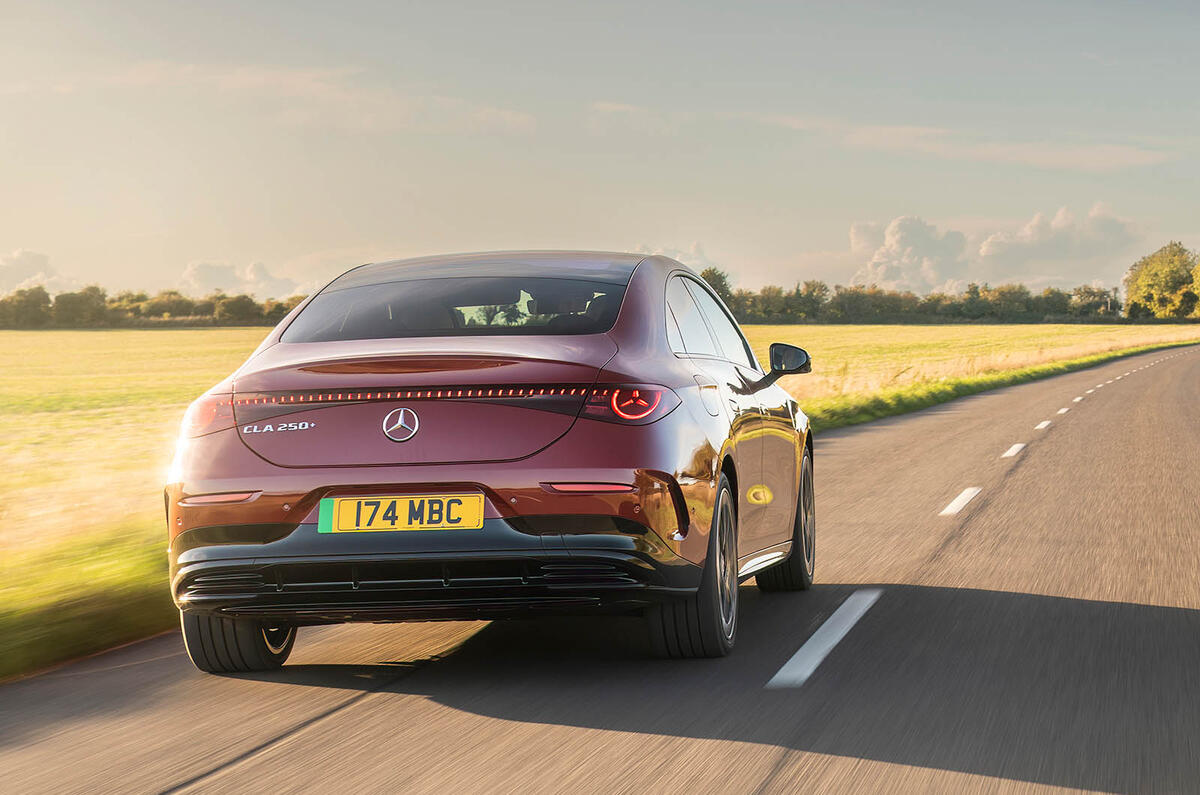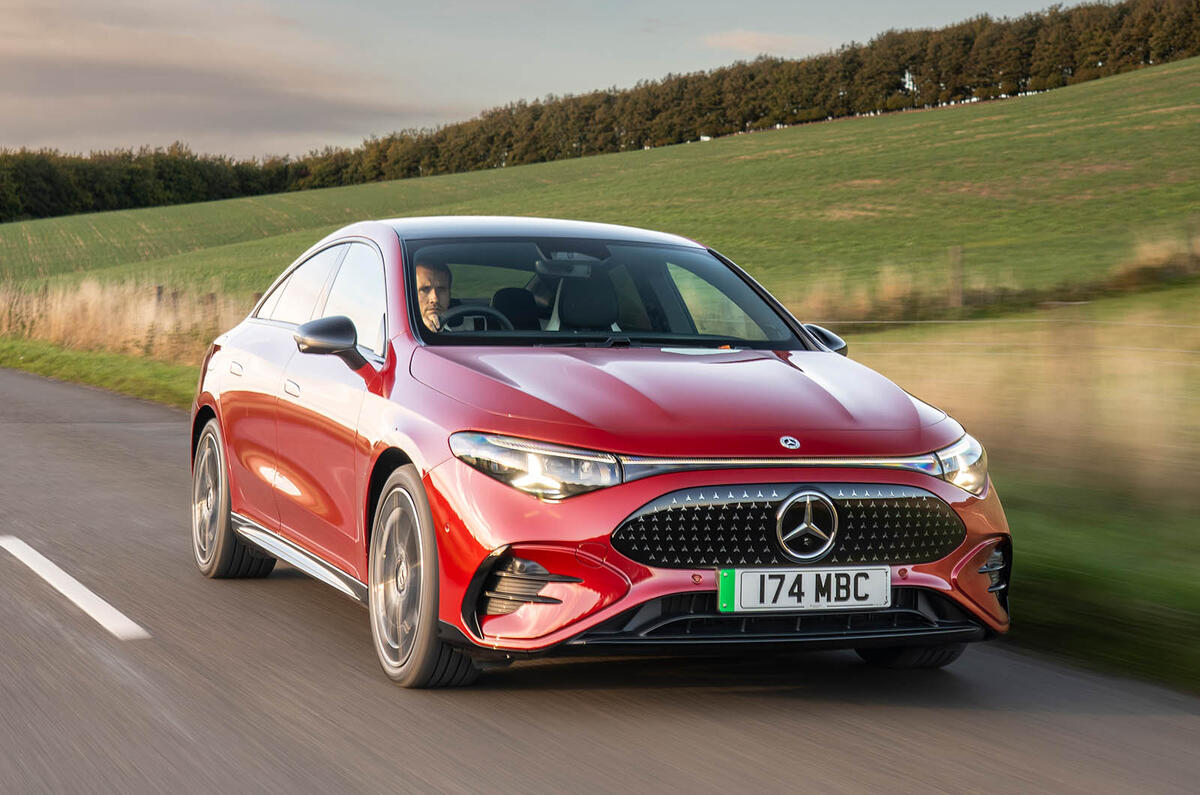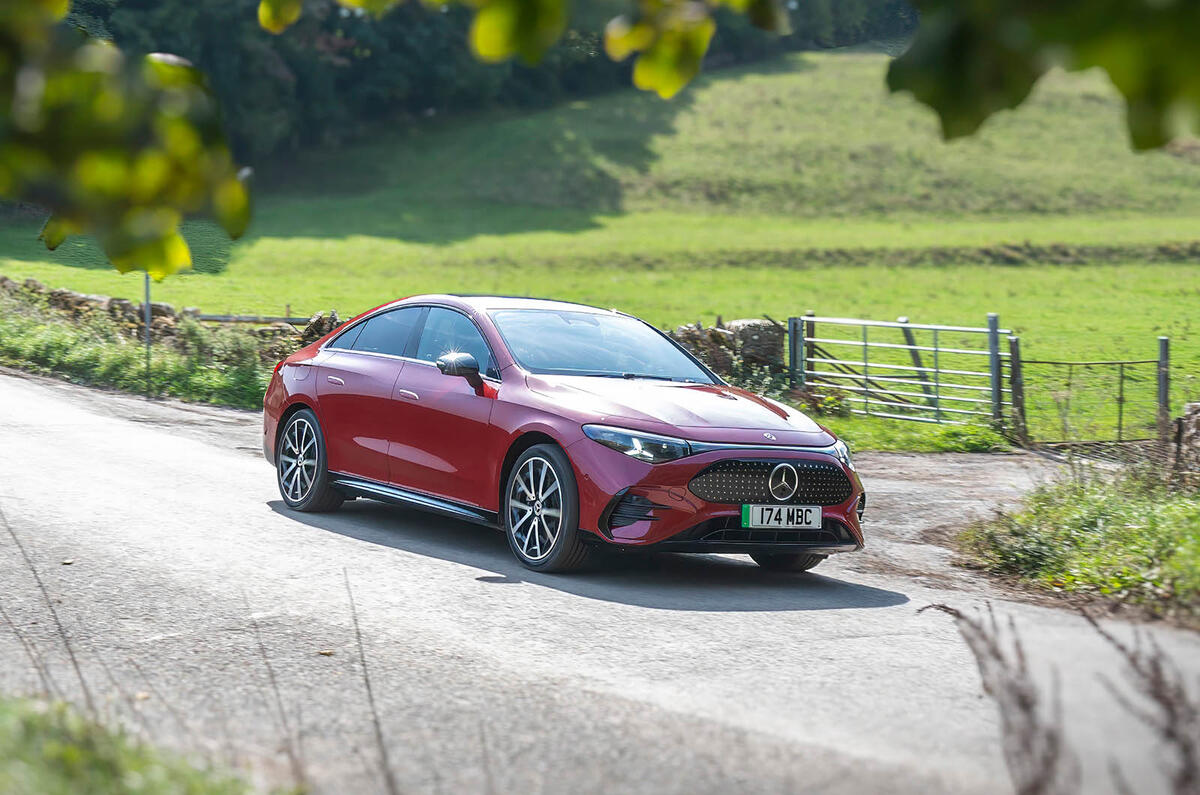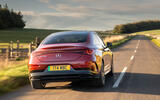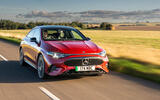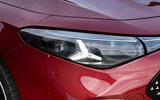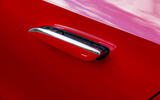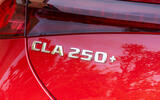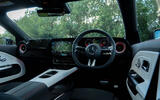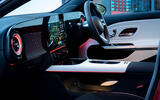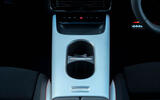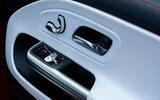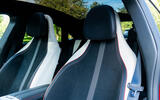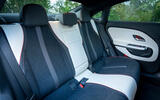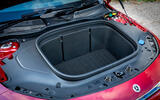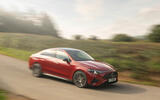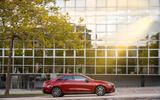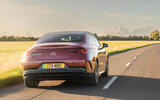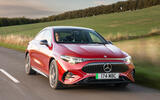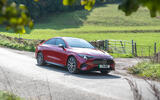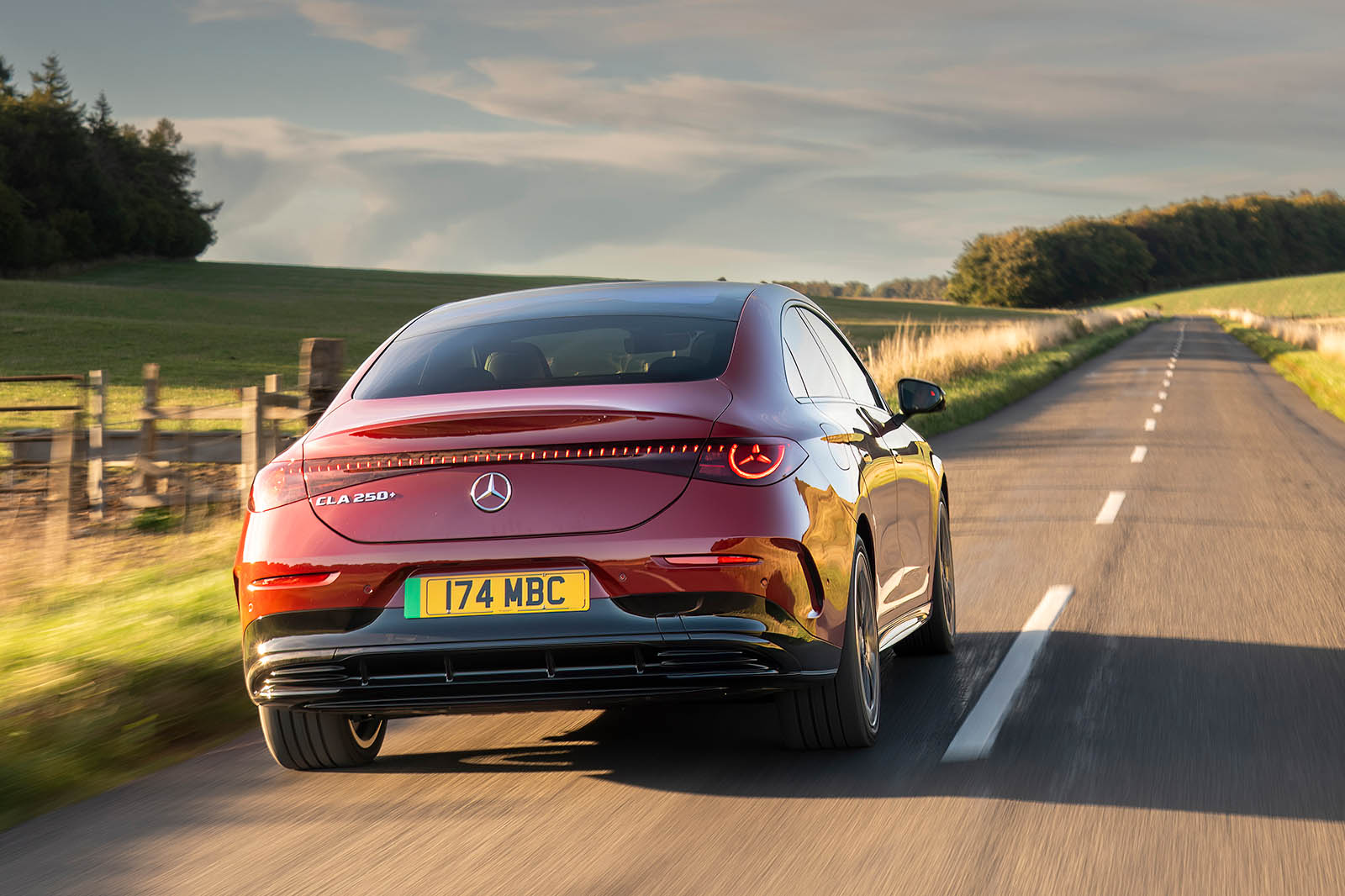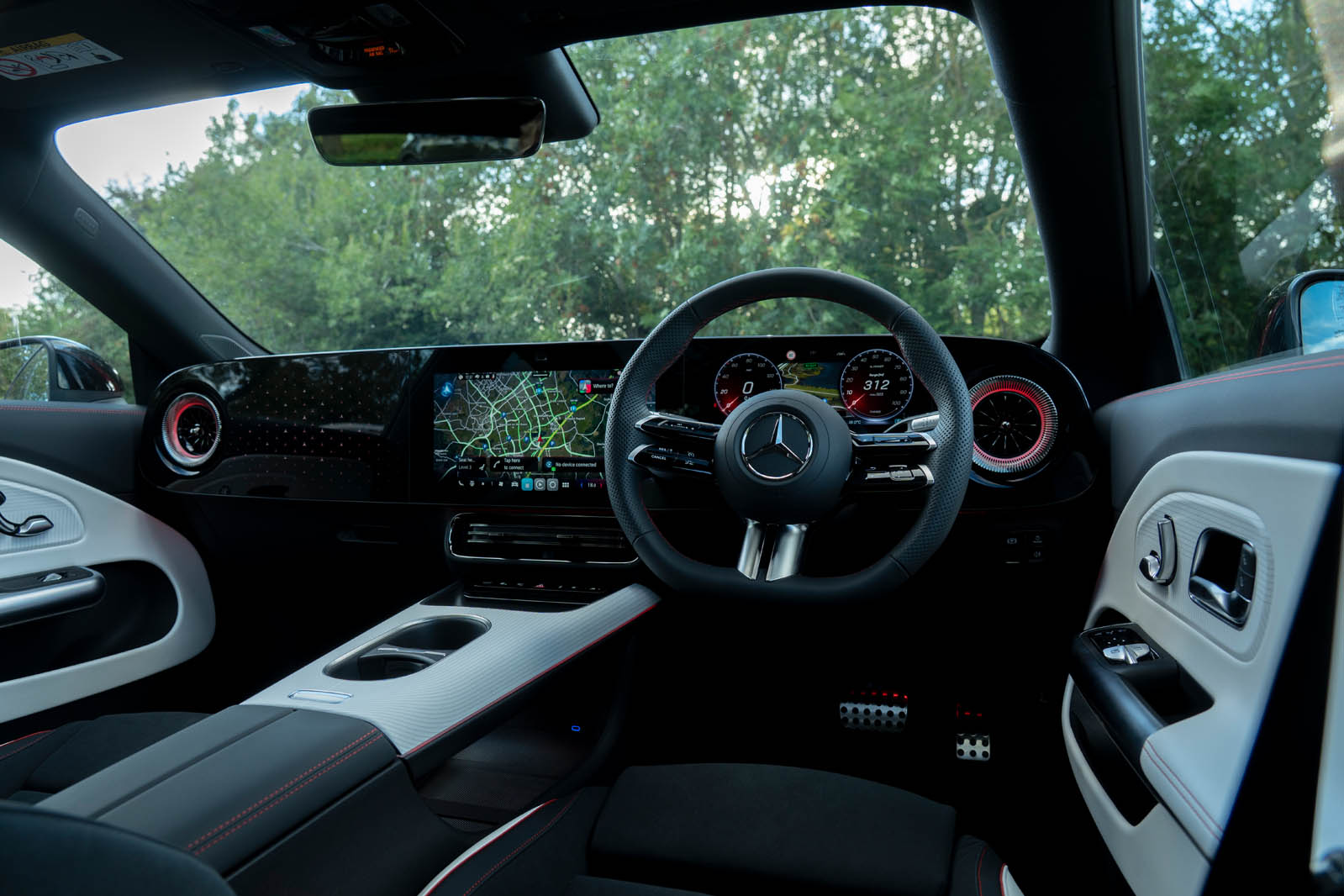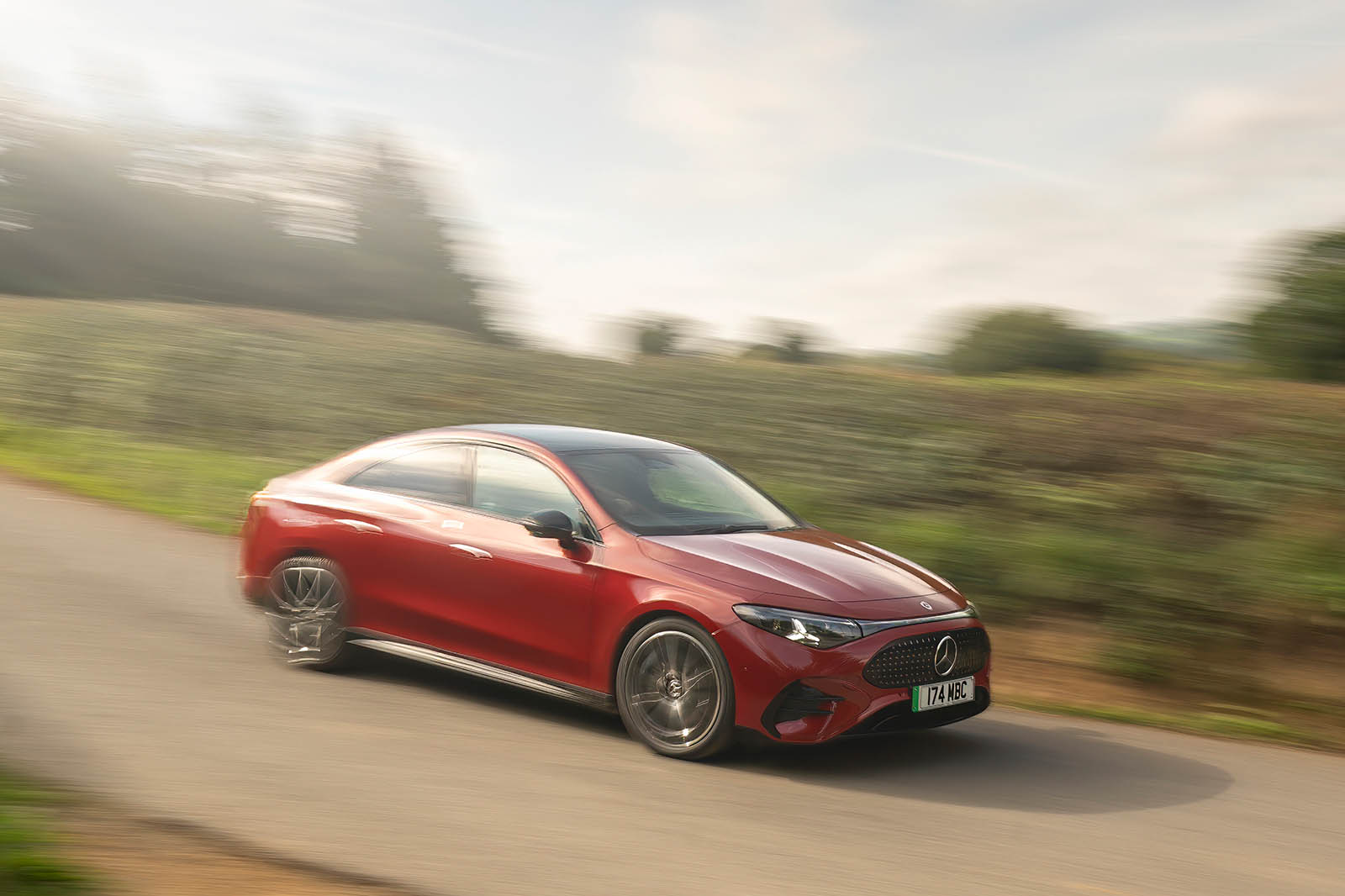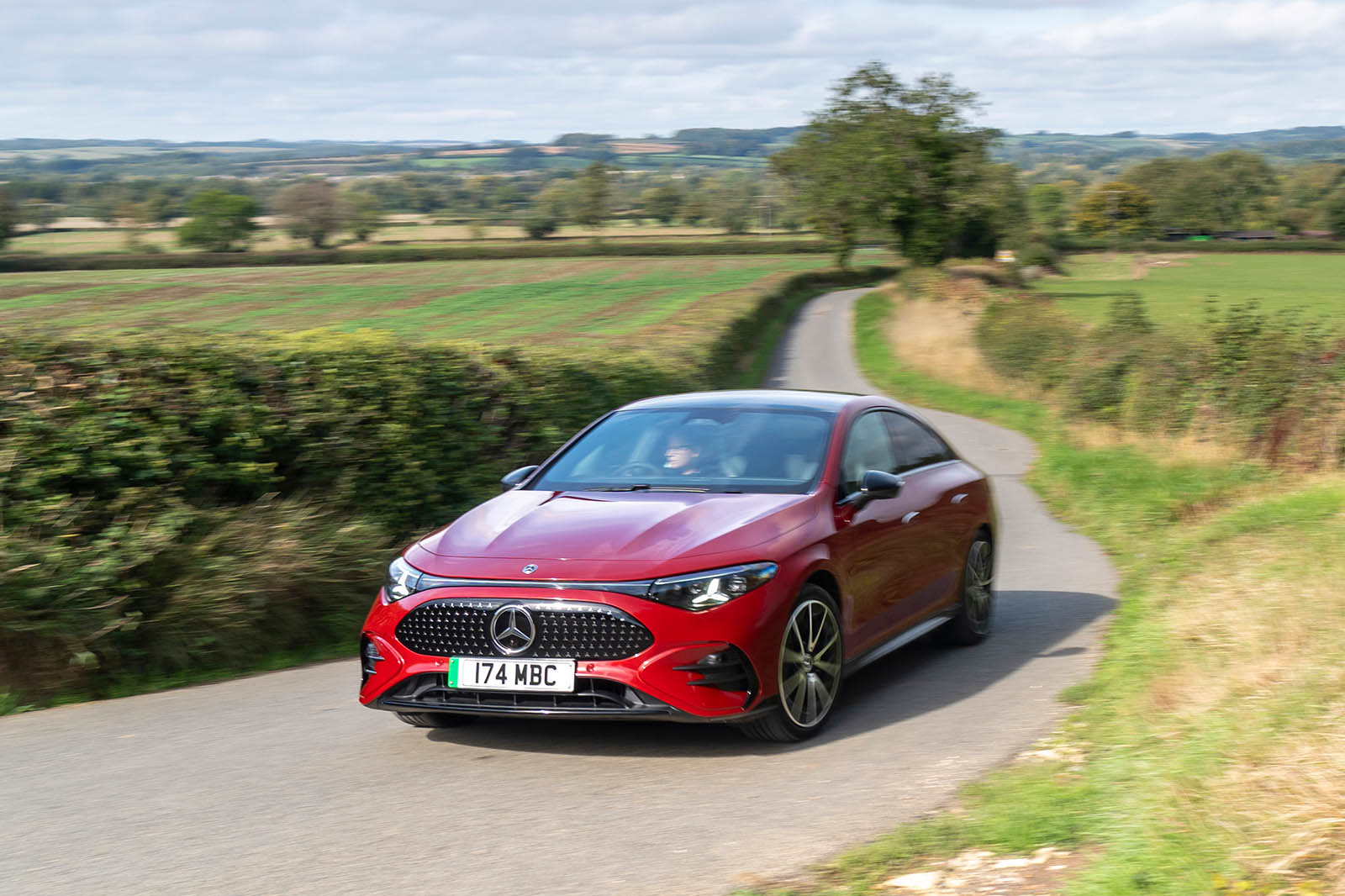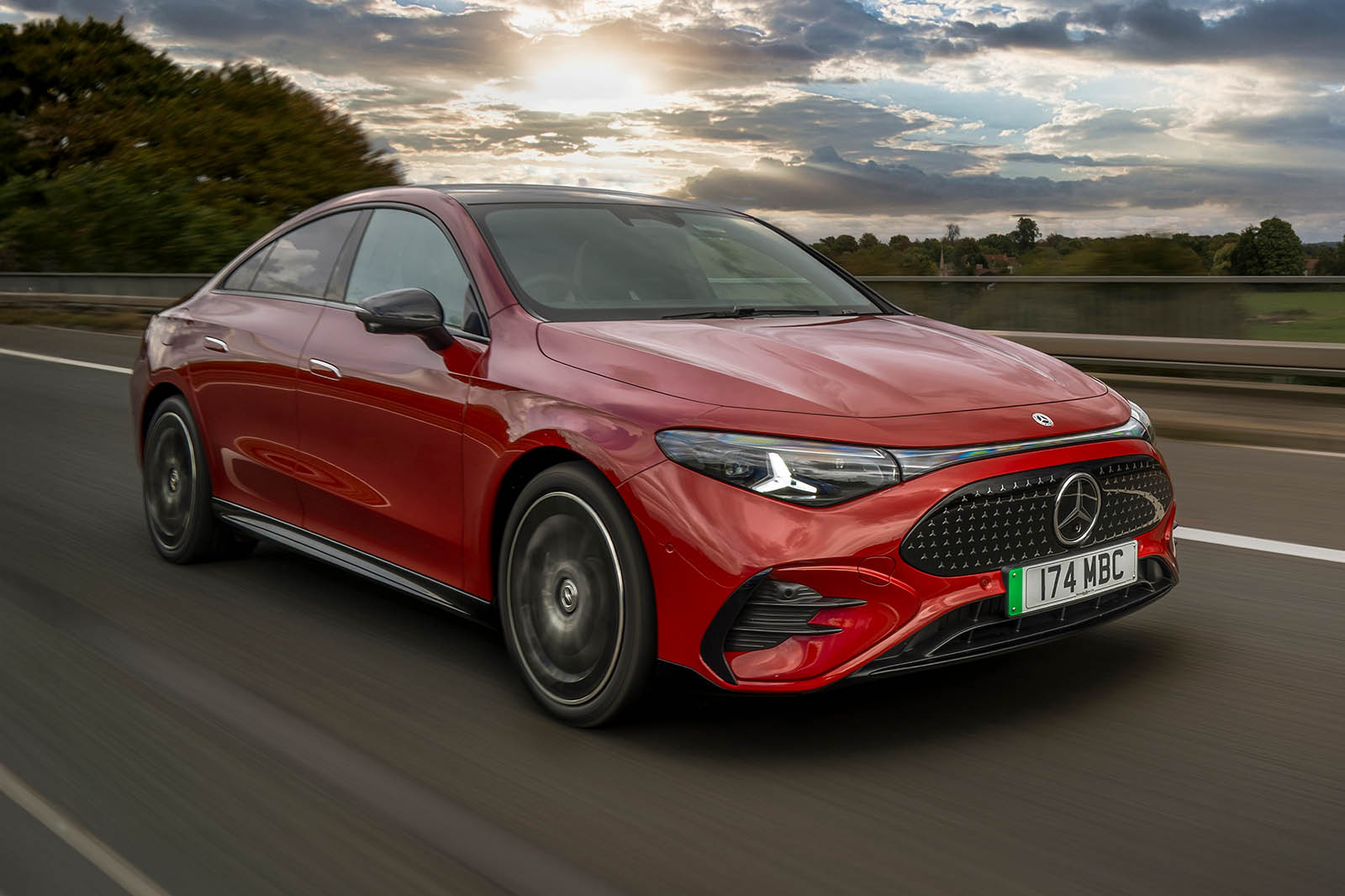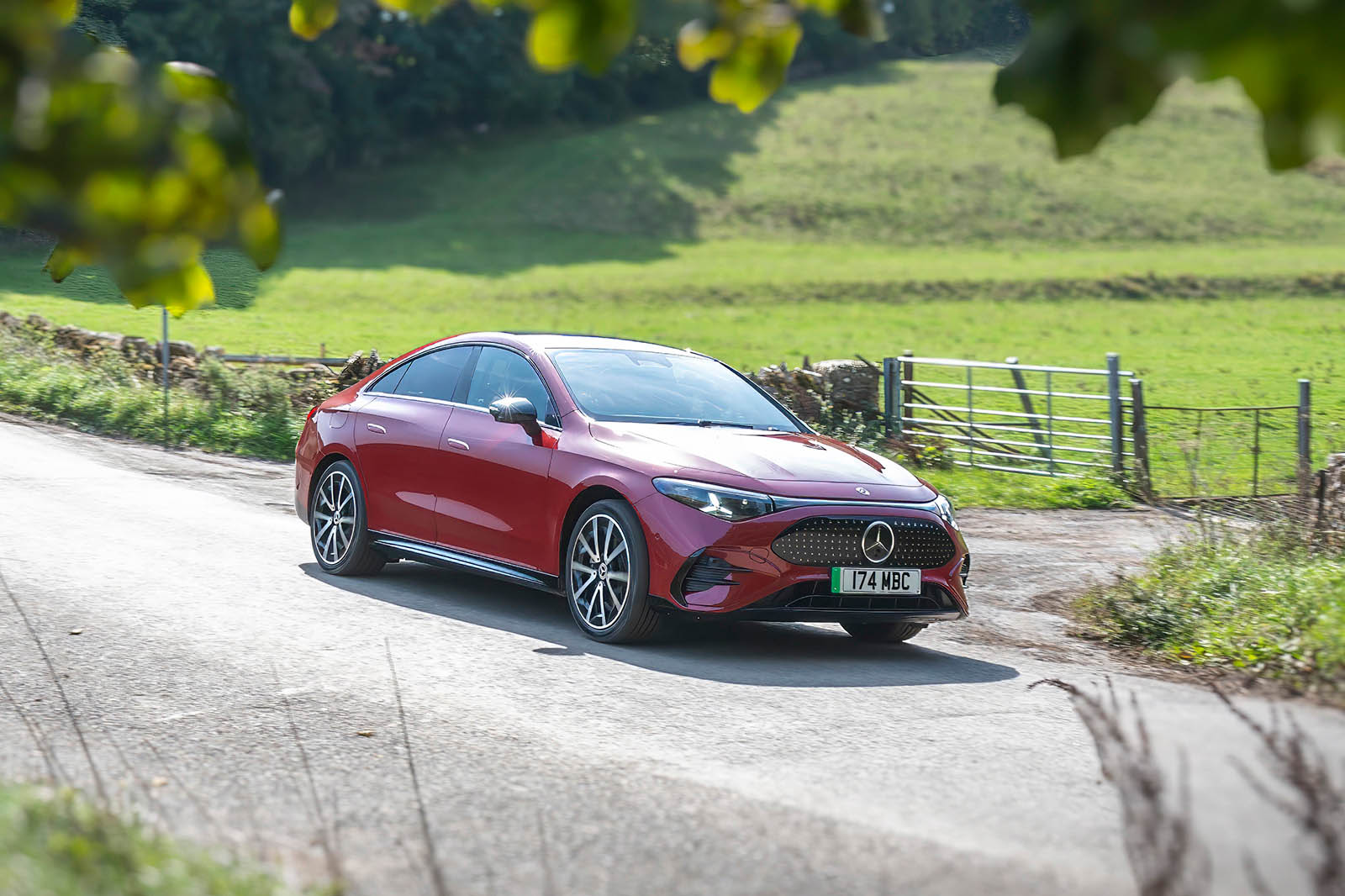To that end, the CLA starts from more or less a clean-sheet design. It introduces a brand-new platform, rather than building on that of the EQS and EQE. It represents quite a departure for Mercedes, which has thus far kept its electric and combustion platforms separate. This new architecture supports both, being primarily designed for EVs, with hybrid options to follow. The same applies, naturally, to future SUV derivatives. Although catering to different propulsion concepts is in some ways a compromise, it does allow Mercedes to build them all on the same line in Rastatt, Germany, and therefore be more flexible in its response to fluctuating demand. It also introduces 800V, which allows for thinner cabling and very fast charging – up to 320kW.
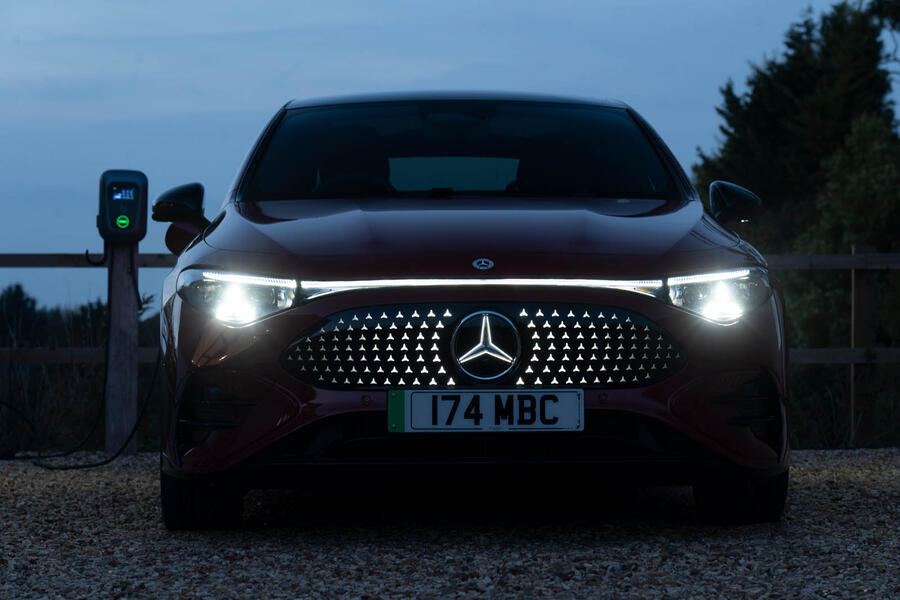
The big technical innovation is in the motor. It’s developed in-house and tightly integrated with the silicon-carbide inverter. The headline news is that main motor at the rear drives through a two-speed gearbox. The Porsche Taycan employs something similar to improve acceleration, but the point in the CLA is efficiency.
Although electric motors have a much wider powerband than engines, it’s not infinite either, so having multiple gears to equalise performance and consumption at town and motorway speeds makes sense. But it adds complication and ensuring the gearchanges are smooth isn’t the work of a moment. Given this sort of tech isn’t available off the shelf from a supplier, most manufacturers don’t bother but, according to the engineers, Mercedes’ in-house expertise in making automatic gearboxes for ICE cars (most rivals buy these in from ZF, Aisin, Getrag and the like) has given it an edge here.
The CLA will be launched in the UK in rear-drive CLA 250+ form, with a four-wheel-drive CLA 350 4Matic to follow later. Many dual-motor EVs use an asynchronous motor on the front because it is able to freewheel when not in use, but the 350 uses another synchronous motor, albeit with a clutch, because that’s even more efficient. At some point, there will also be an entry-level CLA with a 58kWh LFP battery.
Completing the efficiency puzzle are the aerodynamics. A basic CLA with small wheels has a drag coefficient of 0.21, and even if you go for an AMG Line with big wheels (as most buyers in the UK are likely to), it only rises to 0.24. That’s thanks to the slippery body shape and aero covers on not just the wheels but also the bottoms of the suspension control arms.
So has it worked? Based on this first test, we'd say it has. In admittedly perfect circumstances for an EV, our CLA 250+ in AMG Line returned 4.8mpkWh. That’s pretty unheard of and means it’s good for a real-world 408 miles. What’s perhaps even more impressive is that the CLA 350, despite its additional motor, did barely any worse, which is very unusual for a dual-motor version.




